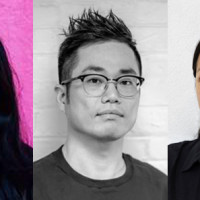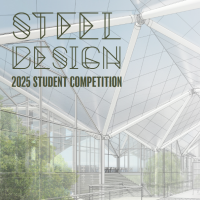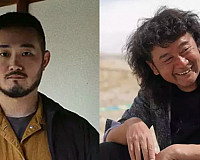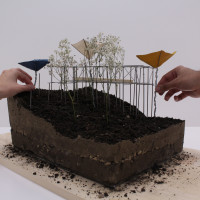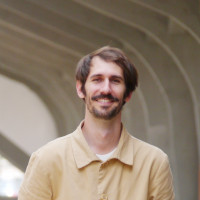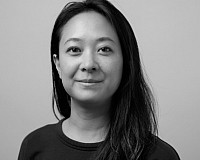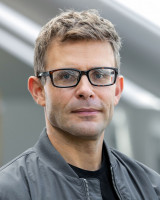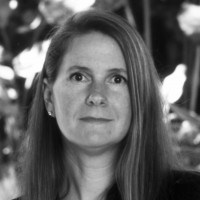A team of fifth-year School of Architecture students have won the grand prize at this yearŌĆÖs Busan International Architectural Design Workshop (BIADW)ŌĆöan intensive academic program intended to encourage rigorous research and ideas creation of architecture major students from around the worldŌĆöfor their project, ŌĆ£Connective Corridor,ŌĆØ which introduces a ferry system and waterfront revitalization to Busanwondong railway station on the Donghae Line, a gateway in Busan.
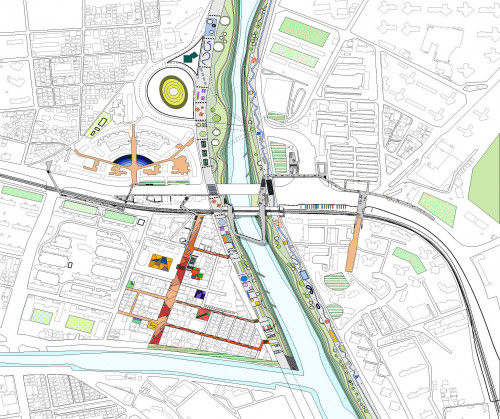
Responding to the theme, ŌĆ£Megacity: Gate Networking,ŌĆØ teams consisting of one guiding professor and three students were asked to propose a development plan for BusanŌĆÖs railway network and its stations near the East Sea, which has been one of the most important factors in determining the success of the ŌĆśBusan Ulsan Gyeongnam (Buul-gyeong) megacityŌĆÖ in Seoul.
This year, 15 tutors and 45 students from both domestic and overseas universities participated in the online workshop, which took place over the course of 17 days and included two proposal critiques, with the goal of interpreting the topic within a limited time and presenting architectural alternatives to the targeted sites.
Guided by Daekwon Park, undergraduate chair and associate professor at the School of Architecture, the Syracuse University student team of Nicholas Chung ŌĆÖ23 (B.Arch.), Chenhao Luo ŌĆÖ23 (B.Arch.) and Zhi Zheng ŌĆÖ23 (B.Arch.) was assigned Busanwondong, the railway station on the first stage of the Donghae Line in South Korea, as the site for their intervention.
At one time, the Donghae Line railway network served as a driving force in BusanŌĆÖs development and as a gateway into the city. Though its history and surrounding developments are currently underestimated in utility and importance compared to the past, the train line is still a crucial artery that strings up the coastal cities like a beaded necklace, linking KoreaŌĆÖs eastern shoreline to the rest of country and beyond.
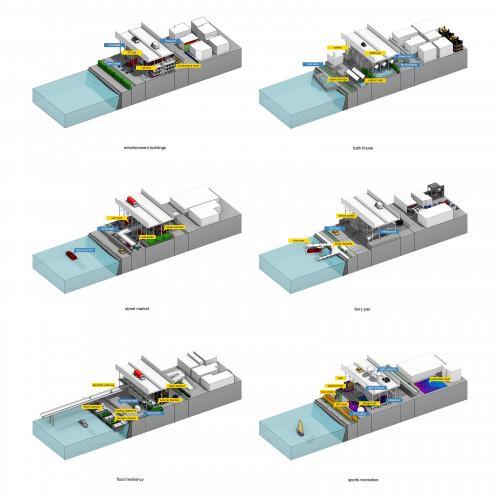
Through analysis of Busanwondong stationŌĆÖs demographics and usage patterns, the team revealed the need for civic, cultural and recreational programs and proposed activating the riverbanks by extending the existing coastal landscaping upstream from the bay, creating a resilient green corridor that proliferates into the surrounding urban landscape, repaving streets and activating urban voids that become third spaces for locals.
A series of elevated expressways flanking the Suyeong River and Busanwondong station are transformed into porous membranes that invite people to come together while pragmatically and symbolically activating BusanŌĆÖs metropolitan peripheryŌĆöthe water that is so vital to the identity of Busan becomes the hearth of the community.

After undergoing a series of critiques and revisions, the Syracuse University teamŌĆÖs project was selected by the jurors to receive the grand prize, presented by the Republic of KoreaŌĆÖs Ministry of Culture, Sports and Tourism.
ŌĆ£Although the workshop was only 17 days, my students were able to formulate a thoughtful proposal based on rigorous site analysis and topic interpretation,ŌĆØ says Park. ŌĆ£Their research on mobility systems (train, highway and ferry systems), waterfront development and neighborhood needs are compelling, and the strategy to use the river floodplain as a catalyst for regenerating the neighborhood is intriguing.ŌĆØ
ŌĆ£We hope our design can belong as part of a larger conversation of how the urban environment should be a dynamic reflection of its people and how it should adapt to indigenous residentsŌĆÖ needs,ŌĆØ says the team members.
To view a video of the teamŌĆÖs winning submission, visit drive.google.com/file/d/1V0TbaRJhUqWioonw_Ixd3QSkyiB79IkS/view.
An exhibition featuring work produced during this yearŌĆÖs BIADW competition will be on display during the Busan Architecture Festival in October.

